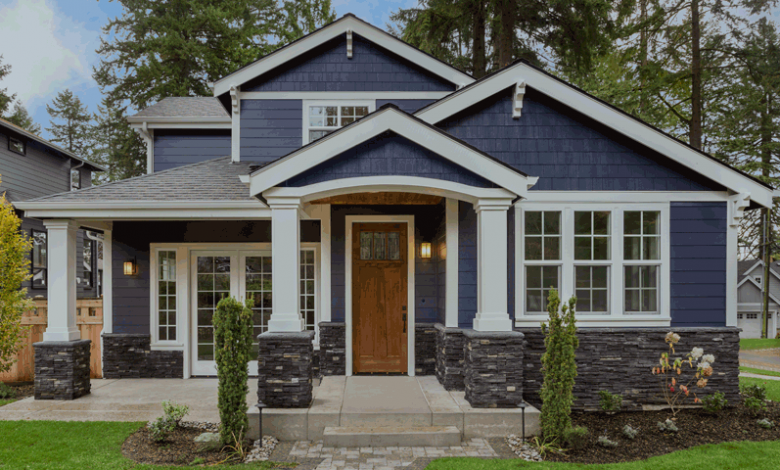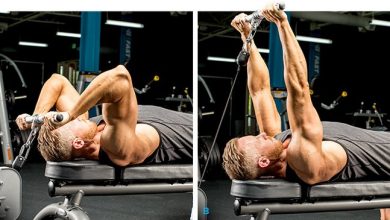Types of Coverage Components in Home Insurance

Did you know that a home insurance cover goes beyond covering for your home? Home insurance coverage is divided into six main components. So, before jumping into taking a home insurance cover, learn about these top components. The following are common components of a typical home insurance cover.
The Building Blocks
A typical home insurance policy is divided into six categories. This categorization starts from A and ends at A. It’s also important to note that each categorization comes with its features and covered areas. This means that the premium paid for each categorization is different. All these categories have been approved by major bodies such as:
- Insurance Services Office (abbreviated as ISO)
- American Association of Insurance Services (abbreviated as AAIS)
Here is a breakdown of this categorization:
Coverage A (Dwelling Insurance)
Coverage A, also known as dwelling insurance, is actually the core of any home insurance. This coverage covers the homeowner’s dwelling. Usually, it’s the building blocks of any home insurance. Coverage A may include things like nuts, bolts, celling, walks, and floors. In a nutshell, this coverage includes anything structural in your home. It’s also important to understand the difference between the replacement based cost coverage and the actual cash value based coverage. While the latter deals with the depreciation of the home, the former is all about the cost of replacing the structural components in your home. It’s advisable to go for replacement costs—it tends to be more secure.
Coverage B (Structures Insurance)
Coverage B is all about covering other structures that are not directly connected to your home. From the detached garage to the mailbox, Coverage B will cover these structures against damages. In some cases, a pool can be classified under structures insurance. Here, you must do a proper inventory.
Pro tip: Limit this coverage to 10 percent of Coverage A.
Coverage C (Personal Property Insurance)
Coverage C is concerned with covering your personal belongings. Things like clothing, jewelry, artwork, as well as furs fall under this coverage. However, this category can be risky. That’s why you are always advised to seek the services of an expert to guide you through the process of purchasing home insurance.
Coverage D (Use Insurance)
If you live in a disaster-prone area, then this coverage is for you. With Coverage D, you get a cover that protects you from additional living expenses arising from the inability to utilize your home. So, if you spend time in a hotel due to unforeseen disasters, consider choosing this coverage.
Coverage E (Personal Liability Insurance)
If your dog bites someone, you will pay it. This coverage will shield you from this liability.
Coverage F (Medical Payments Coverage)
If you have inflicted an unintentional injury to another person, you can use this coverage to offset the expenses.
The Bottom-Line
Planning to invest in a home insurance cover? Well, it’s a good step. At least you care about your home. At last, you won’t witness those disaster-related surprises. At last, your home will be mortgage-complaint. However, you need to understand all the components of your home insurance before making a purchase. The above are common home insurance components you should know. Get cheap home insurance and be guaranteed of peace of mind in your life.




